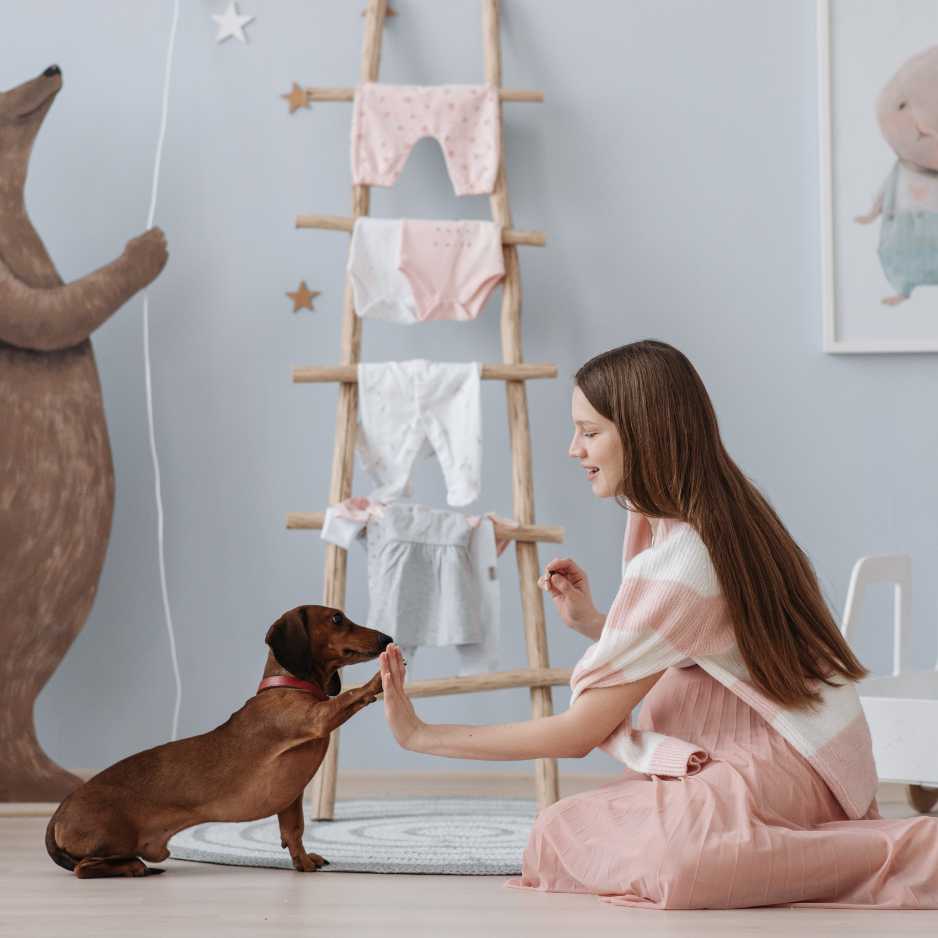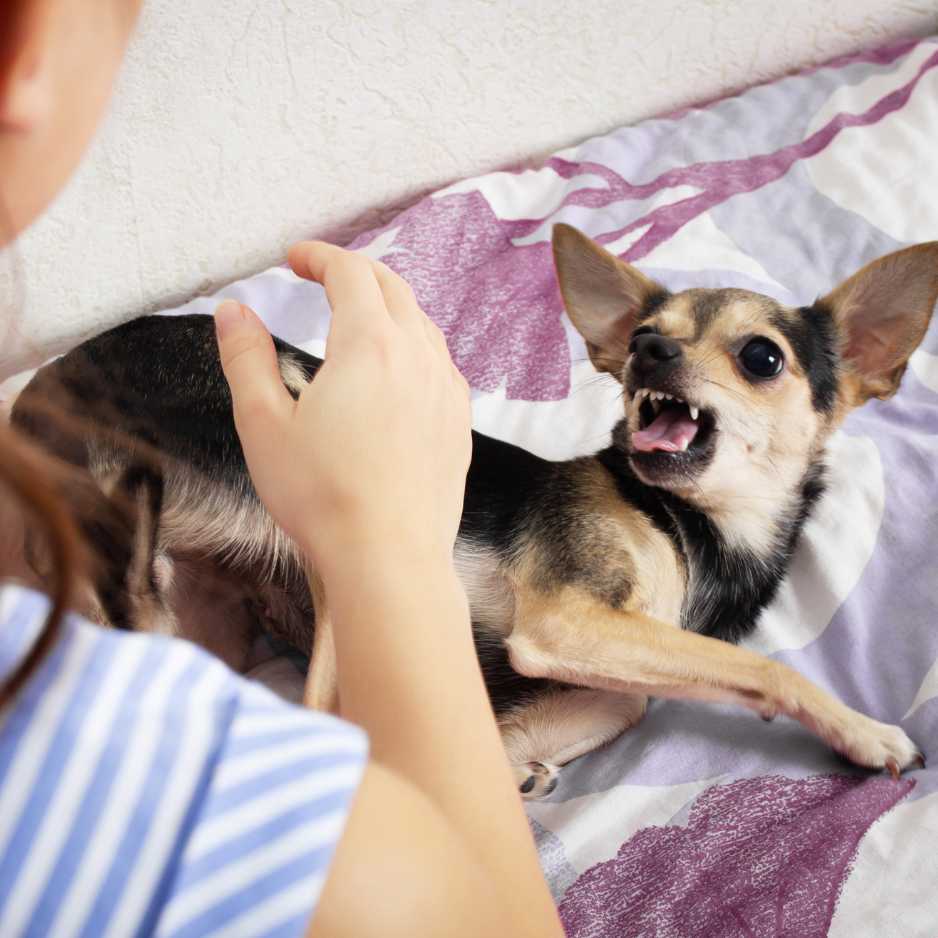Training your dog at home can be one of the most rewarding experiences as a pet owner. Not only does it help build a strong bond between you and your dog, but it also ensures that your furry friend behaves well in different situations. In this guide, we will walk you through the essentials of training your dog at home with easy-to-follow techniques that will yield results. Whether you’re training a puppy or an older dog, this blog will provide everything you need to know.
Why Dog Training is Important

Dog training allows you to work with your pet in a familiar environment, which can help reduce stress and improve learning. The key to effective training is consistency, patience, and positive reinforcement. By training your dog at home, you can also strengthen your bond and ensure your dog follows your lead both indoors and outdoors.
Before you begin training your dog at home, it’s essential to understand how dogs think and learn. Dogs are pack animals by nature, and they look to their owners for guidance and structure. Understanding this will make your training efforts more effective.
The most effective method for training dogs is positive reinforcement. This means rewarding your dog when they follow commands or exhibits desired behaviors. Avoid punishment-based training as it can lead to fear, anxiety, and aggression.
- Positive reinforcement: Giving treats, praise, or playtime for good behavior.
- Negative reinforcement: Removing something unpleasant when your dog obeys (e.g., taking off a leash after they sit calmly).
Teaching Basic Commands at Home: Sit, Stay, Come

Teaching basic commands is the foundation of any dog training routine. These commands help ensure that your dog listens to you in different situations. Here’s a step-by-step guide to training your dog at home.
- Hold a treat close to your dog’s nose.
- Move your hand up, allowing their head to follow the treat and your bottom to lower.
- Once they’re in a sitting position, say “sit,” give them the treat, and offer praise.
- Repeat this process a few times every day until your dog masters the “sit” command.
- Start with your dog in the “sit” position.
- Open your palm in front of your dog and say “Stay.”
- Take a few steps back, and if they stay, reward them with a treat and praise.
- Gradually increase the distance while continuing to use the “stay” command.
- Attach a leash to your dog’s collar.
- Get down to their level and say “come” while gently pulling the leash toward you.
- When they obey, reward them with a treat and praise.
Crate Training and Housebreaking Your Dog

Crate training is an excellent way to give your dog a safe and comfortable space while also helping with housebreaking. Dogs naturally avoid soiling their sleeping area, so crate training can be a helpful tool in teaching them to go outside.
- Introduce your dog to the crate with the door open, allowing them to explore.
- Use treats to encourage them to go inside and create a positive association.
- Start with short crate sessions and gradually increase the time they spend inside.
- Avoid using the crate as punishment.
Consistency is key when it comes to housebreaking your dog. Take your dog outside frequently, especially after eating, playing, and waking up. Praise them when they relieve themselves in the right spot.
Leash Training: How to Walk Your Dog Without Pulling

Walking your dog is an essential part of their daily routine, and leash training ensures a safe, pleasant experience for both of you. Many dogs tend to pull on the leash, but with the right training techniques, you can teach them to walk calmly by your side.
- Start indoors by letting your dog get used to wearing a leash and collar.
- Hold the leash and use treats to lure your dog into walking beside you.
- If your dog starts pulling, stop walking. Wait until they calm down, then proceed.
- Reward your dog for walking next to you without pulling.
Socialization is crucial for a well-behaved dog. Exposing your dog to different people, environments, and other dogs will help them feel comfortable in various situations. Without proper socialization, dogs can become fearful, anxious, or even aggressive.
- Introduce your dog to new people gradually, rewarding them for calm behavior.
- Arrange playdates with other dogs in a controlled environment.
- Expose them to different sounds, sights, and environments to reduce fear.
Advanced Dog Training at Home: Addressing Behavioral Issues

Once your dog has mastered basic commands, you can begin addressing specific behavioral issues, such as excessive barking, jumping, or chewing. Here are some tips for dealing with common problems.
- Identify what triggers the barking.
- Use the “quiet” command and reward your dog when they stop barking.
- Be consistent in training, and avoid reinforcing the barking by giving attention.
- Turn away from your dog when they jump and ignore them until all four paws are on the ground.
- Reward them for staying down.
- Teach them an alternative behavior, such as sitting when greeting people.
Consistency is Key: How to Ensure Training Success at Home

Training a dog takes time, and consistency is crucial for success. Make sure to train in short, frequent sessions and reinforce positive behavior regularly. Don’t get discouraged if your dog doesn’t learn immediately; patience will yield results over time.
Conclusion: Start Training Your Dog at Home Today
Training your dog at home is not only convenient but also strengthens the bond between you and your dog. With patience, positive reinforcement, and consistency, your dog can become well-mannered and obedient. Remember to start with basic commands, focus on leash training, and address behavioral issues as they arise. Good luck on your journey to raising a happy, well-trained dog!
FAQs About Dog Training at Home
How long does it take to train a dog at home?
Training duration varies depending on the dog’s breed, age, and temperament. On average, basic commands can take anywhere from a few days to a few weeks for a dog to learn. Consistency and patience are key to speeding up the process.
Can older dogs be trained at home?
Yes, older dogs can absolutely be trained at home. While puppies may learn more quickly, adult dogs are fully capable of learning new commands and behaviors. Be patient and consistent with training methods.
What is the best age to start training a dog?
The best age to start training is when your dog is around 7-8 weeks old. At this age, puppies are more receptive to learning new commands. However, it’s never too late to start training an adult dog.
How often should I train my dog at home?
Short, frequent sessions work best. Aim for 10-15 minute training sessions, 2-3 times a day. Dogs can lose focus during long sessions, so shorter sessions will keep them engaged and help them retain the lessons.
How do I stop my dog from pulling on the leash?
To stop leash pulling, try the following – Reward your dog for walking beside you without pulling. Use a front-clip dog harness to discourage pulling. Stop walking when your dog pulls, and only move forward when the leash is loose.
What should I do if my dog doesn’t listen to commands?
If your dog doesn’t listen, make sure you’re in a low-distraction environment. Start with basic commands and use positive reinforcement consistently. If your dog continues to struggle, consider working with a professional trainer.
Can I train my dog without using a crate?
Yes, crate training is just one of many methods to help with housebreaking and managing your dog’s behavior. If you prefer not to use a crate, focus on consistent supervision and setting a structured routine for your dog.








